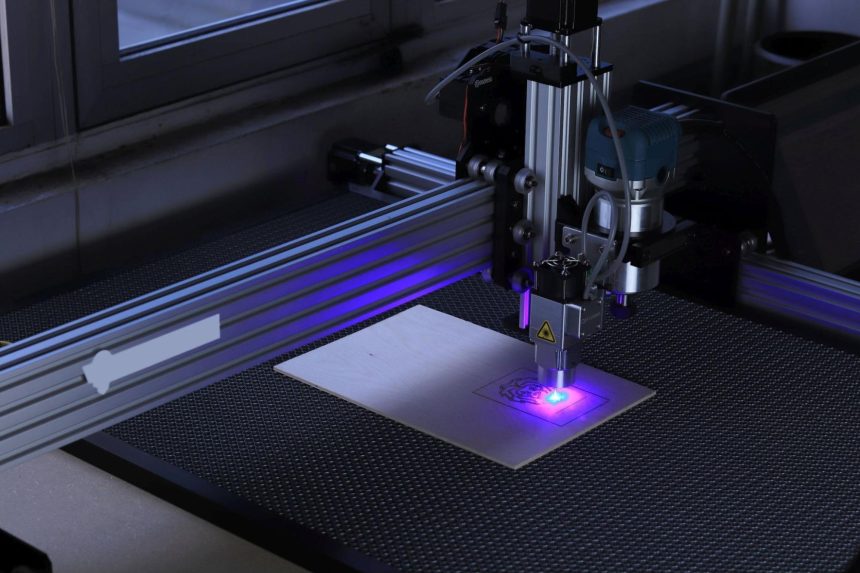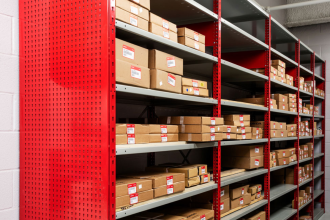A prototype must be built in order to test and improve the design of any new product. Historically, each component of a prototype was hand manufactured by trained artisans, which was frequently an expensive and time-consuming procedure. But as technology has developed, computer numerical control or CNC prototyping has become a quicker and more affordable alternative.
Creating a prototype with a CNC machine, a computer-controlled cutting tool, is what is known as CNC prototyping. Whether it is metal, plastic, or wood, the machine is capable of performing precision cutting and shaping. Compared to conventional prototyping methods, CNC machines can produce prototypes with higher precision and consistency.
We’ll talk more about the advantages of CNC prototyping over conventional prototyping techniques in this article. Let’s get started!
Speed
The speed of CNC prototyping is one of its primary advantages. Due to the labor-intensive nature of physical fabrication, traditional prototyping techniques might take weeks or even months to complete. CNC prototyping, on the other hand, may create a prototype in a matter of days. This is crucial for companies that need to quickly create and test new goods in order to stay competitive.
Precision
Precision is another benefit of CNC prototyping. Prototypes made with CNC machines can have highly precise tolerances, guaranteeing that every component is identical. With traditional prototype techniques, where each item is made by hand and subject to fluctuations in human error, this degree of precision is challenging to accomplish. Each prototype is accurate and consistent thanks to CNC prototyping, which makes it simpler to spot and fix any design defects.
Design Variety
Wide-ranging design options are also available with CNC prototyping. Traditional prototyping techniques would make it difficult or impossible to create prototypes with detailed designs and complicated shapes. Businesses can now explore more novel and imaginative design possibilities without being constrained by the limitations of conventional prototype techniques.
In addition, It can be challenging to duplicate the same prototype repeatedly when using traditional prototyping techniques. This is due to the handcrafted nature of each item and the possibility of human mistakes. Contrarily, CNC prototyping can replicate the same prototype with great accuracy and consistency, guaranteeing that every component is identical.
Scalability
Scalability is provided by prototoyping. Traditional prototype techniques may make it difficult for businesses to scale production in response to rising demand. However, businesses may quickly and easily order more components as needed with CNC online services without the need for additional tools or resources. Because of this, CNC prototyping is a more versatile and flexible option for companies that need to swiftly increase or decrease output.
Environment safe
Climate change continues to spark debate all over the world and industries are constantly looking for ways to make products that are safe for the environment. With that being said, CNC prototyping benefits the environment and delivers better safety. Traditional prototype techniques frequently entail the use of risky materials and procedures, which could be bad for the environment and the people using them. Contrarily, CNC prototyping is a more regulated and automated procedure, lowering the possibility of mishaps and exposure to dangerous materials. Additionally, CNC machines are a more environmentally friendly solution for organizations because they use less energy and produce less trash than conventional prototyping techniques.
Economical
Compared to conventional prototyping techniques, CNC prototyping is more economical. Although a CNC machine may require a larger initial investment, the cost per part is far cheaper than with conventional prototyping techniques. This is so that labor and material expenses can be reduced. CNC machines can create a huge number of parts with very little waste. Because of this, CNC prototyping is a more affordable option, especially for companies that need to generate a lot of prototypes.
Businesses now have even more access to CNC prototyping because of CNC online services like Rapid Direct. Businesses can upload their ideas to Rapid Direct’s web service to get an estimate for the fabrication of their prototype. Businesses won’t need to spend money on pricey CNC machines or employ qualified operators as a result. Instead, companies may simply hire a reputable CNC online service to handle all of their prototype needs.
In conclusion, CNC prototyping has a lot of advantages over conventional prototyping techniques. It is the perfect answer for firms wishing to quickly develop and test new products due to its speed, precision, design flexibility, and cost-effectiveness. Additionally, businesses can now easily access the advantages of CNC prototypes without the need for expensive equipment or expert operators thanks to the introduction of CNC online services like Rapid Direct. Businesses may streamline their prototyping process, increase the quality of their goods, and remain ahead of the competition by utilizing the knowledge, speed, scalability, and customization offered by CNC online services.















